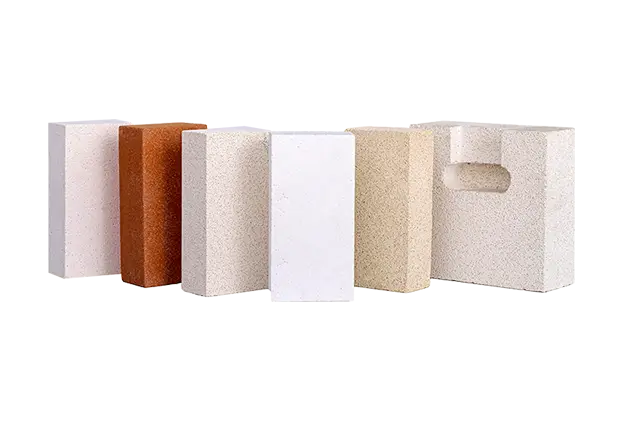In the realm of high-temperature processes, the materials used play a crucial role in both operational efficiency and environmental sustainability. High-performance insulation and refractory bricks have emerged as indispensable components in various industrial applications, particularly in furnaces that demand exceptional heat resistance and low thermal conductivity. This article aims to analyze how high-purity raw materials and advanced manufacturing processes improve the performance of these bricks, making them vital in reducing energy consumption.
The foundation of any effective insulation and refractory brick lies in its raw materials. High-purity ingredients ensure minimal impurities that may compromise the structural integrity and thermal characteristics of the product. This purity is critical; it enhances not only the thermal performance but also the durability of the bricks under extreme conditions. Bricks made from high-purity raw materials exhibit lower thermal conductivity, allowing industries to maintain necessary temperatures without excessive energy expenditure.
Moreover, these materials are designed to withstand significant temperature fluctuations without degradation. This property is particularly beneficial in applications such as kilns and industrial furnaces, where thermal shock can lead to catastrophic failures and increased operational costs.
In addition to using high-purity raw materials, the manufacturing processes employed in the production of insulation and refractory bricks play a vital role in determining their overall performance. State-of-the-art techniques such as precise molding and controlled firing ensure uniformity and consistency in the final product.
The innovation in processing, particularly in sintering techniques, allows for enhanced bonding between particles, resulting in a brick that can withstand not only high temperatures but also physical stress. This durability translates to a longer lifespan of the bricks, ultimately reducing the frequency of replacements and maintenance, thereby contributing to operational efficiency and cost savings.
The applications of high-performance insulation and refractory bricks are broad, particularly in the steel, ceramics, and glass industries. Their ability to maintain stable temperatures leads to improved process efficiencies and a reduction in energy consumption. In industrial furnaces, where heat retention is critical, these bricks help minimize heat loss, translating to lower fuel costs and a reduced carbon footprint.
This energy efficiency not only benefits the environment but also aligns with global trends toward sustainability and energy conservation. Ultimately, these bricks support industries in meeting regulatory demands for emissions while enhancing profitability through lowered operational costs.
In conclusion, the advantages of high-performance insulation and refractory bricks can be attributed to their composition of high-purity raw materials and advanced manufacturing processes. These innovations lead to superior thermal properties, durability, and energy efficiency, making them an essential choice for industries aiming to optimize performance and sustainability. As we move towards an energy-conscious future, the role of such materials will undoubtedly become increasingly paramount.

